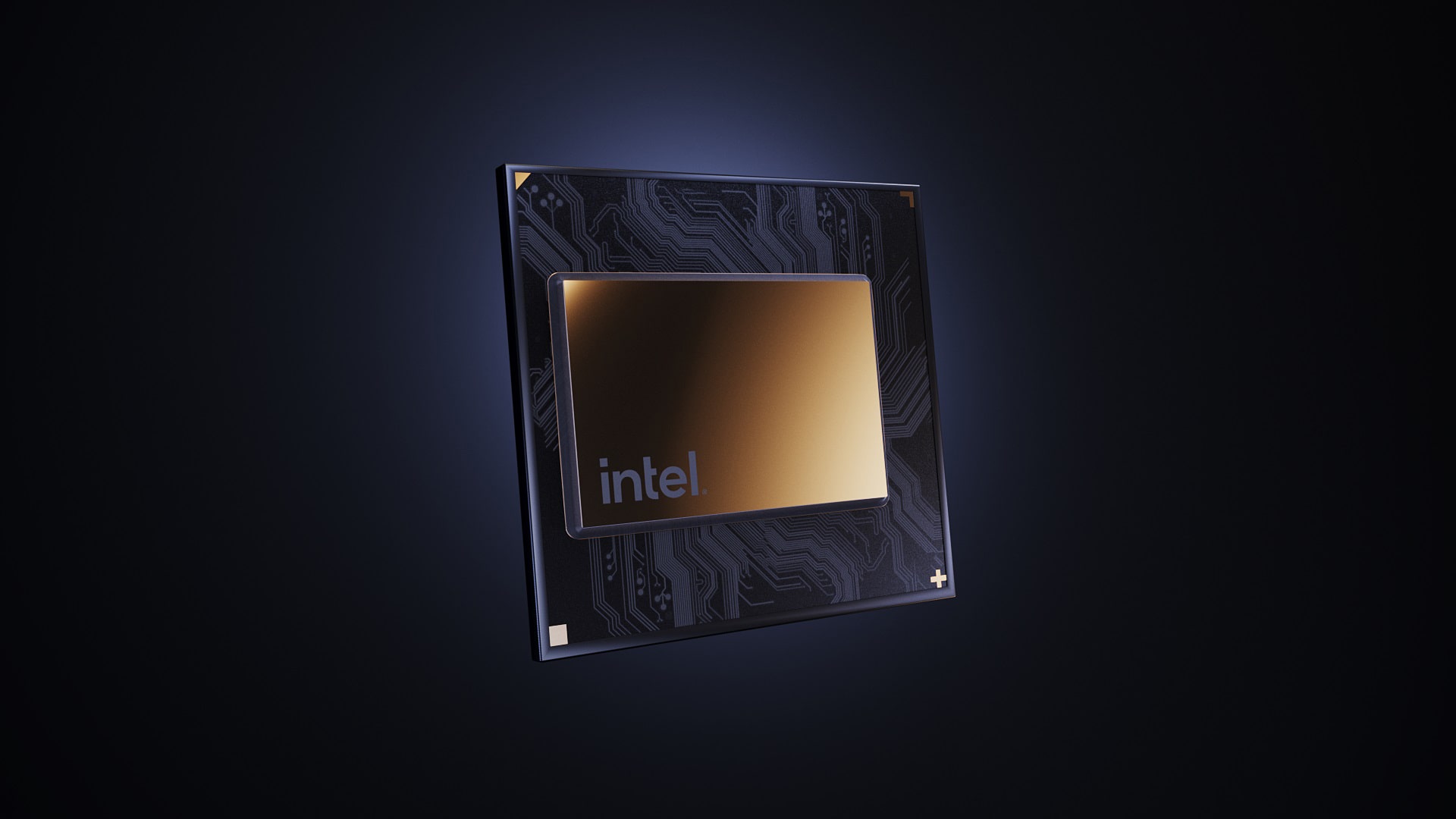With the growing popularity of crypto mining, Intel seems to be heavily invested in blockchain technologies, designing new chipsets particularly dedicated towards mining.
Intel is going to focus on sustainability, taking an eco-friendly approach while developing an energy-efficient alternative at scale. So, in this article we are going to unveil everything there is to know about Intel’s new chip.
The First-Ever Crypto Mining Chip
The ‘blockchain accelerator’ that’s what Intel is going to call their new chips which are about to ship at the end of this year. The company has already received pre-orders from two of the most prominent blockchain companies. The Bitcoin mining company called GRIID infrastructures and Jack Dorsey’s fintech company, Block.

According to Intel’s senior vice president, Raja Koduri, “blockchain accelerator is capable of offering 1000x better performance per watt as compared to any mainstream GPU over the SHA-256 based mining.” Bear in mind, the SHA-256 mining algorithm is heavily used to generate Bitcoin and other cryptocurrencies.
According to Intel, more on the chip will be made available over the Internal Solid-State Circuits Conference, starting on 20th February. The company is scheduled to make a presentation at ISCC on 23rd February, the title ‘Bonanza Mine: An Ultra-Low-Voltage Energy-Efficient Bitcoin Mining ASIC.‘ ASIC actually stands for application-specific integrated circuits, where chips are specifically designed to perform a particular task.
How is this Going to Change the Environment?
This goes without saying, getting an efficiency boost is certainly going to help miners with cost-cutting while reducing overall power consumption. Something that has been the prime concern for the global climate crisis problem, depriving others of affordable power. Still, it is completely radical to expect a drastic impact on the environment.
This is primarily because of cryptocurrency’s ‘Proof-of-Work (PoW)’ consensus. With more computational power arriving to solve mining algorithms, it is just a matter of time before the difficulty increases. So the overall condition would remain more or less the same.
It is imperative to understand that ASICs by nature are only designed to cater to a single purpose. So, once cryptocurrencies adapt to newer hashing algorithms, this would render the chips completely useless. According to Bitcoin E-Waste Monitor by Digiconomist, Bitcoin mining alone creates 31,000 tons of electronic wastes per year.
Also Read: What is Cryptocurrency? [A Beginner’s Guide]
Either way, the environmental impact of cryptocurrency mining remains all the same. Let us know in the comment section below, what are your thoughts on Intel’s revolutionary ‘blockchain accelerator’?












